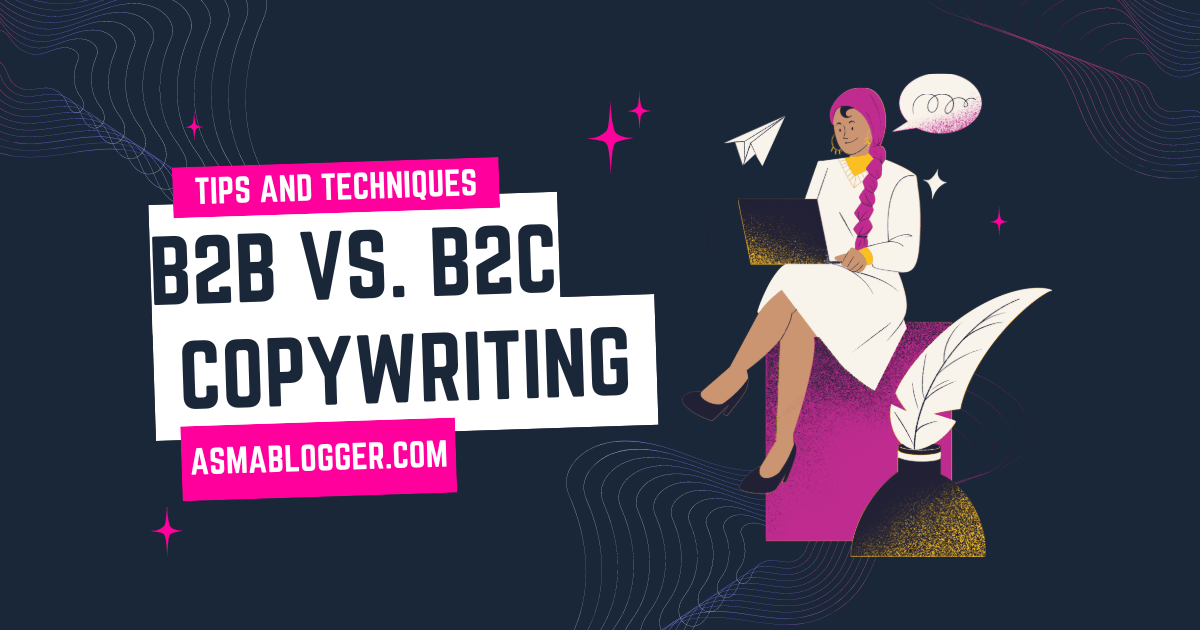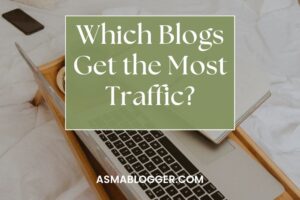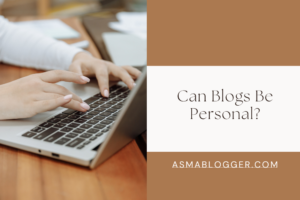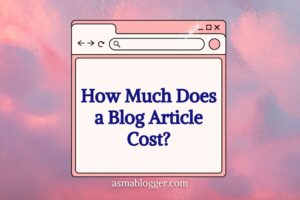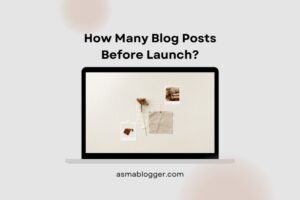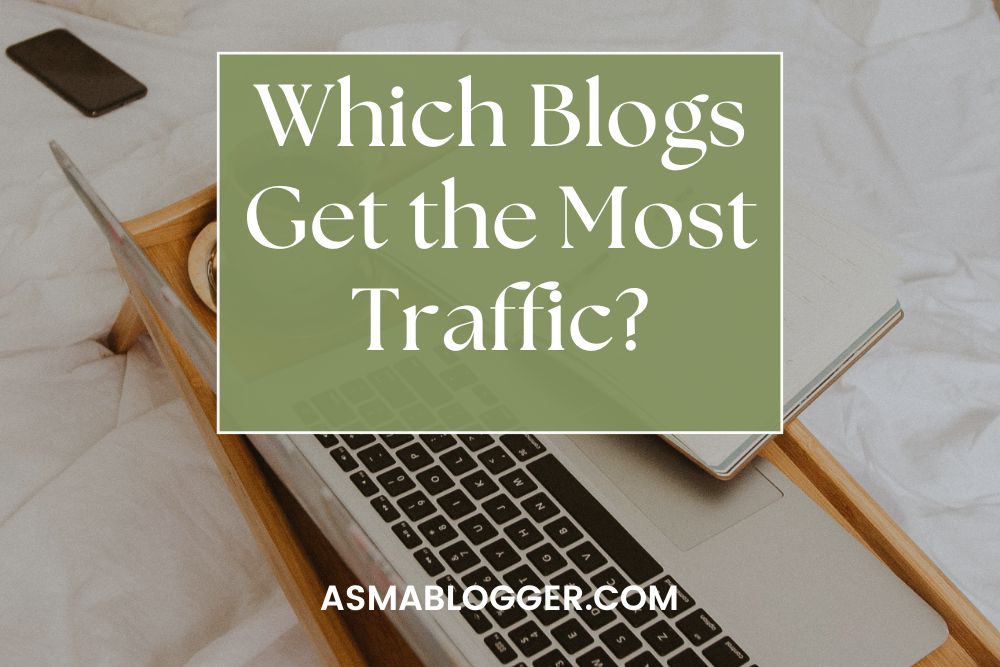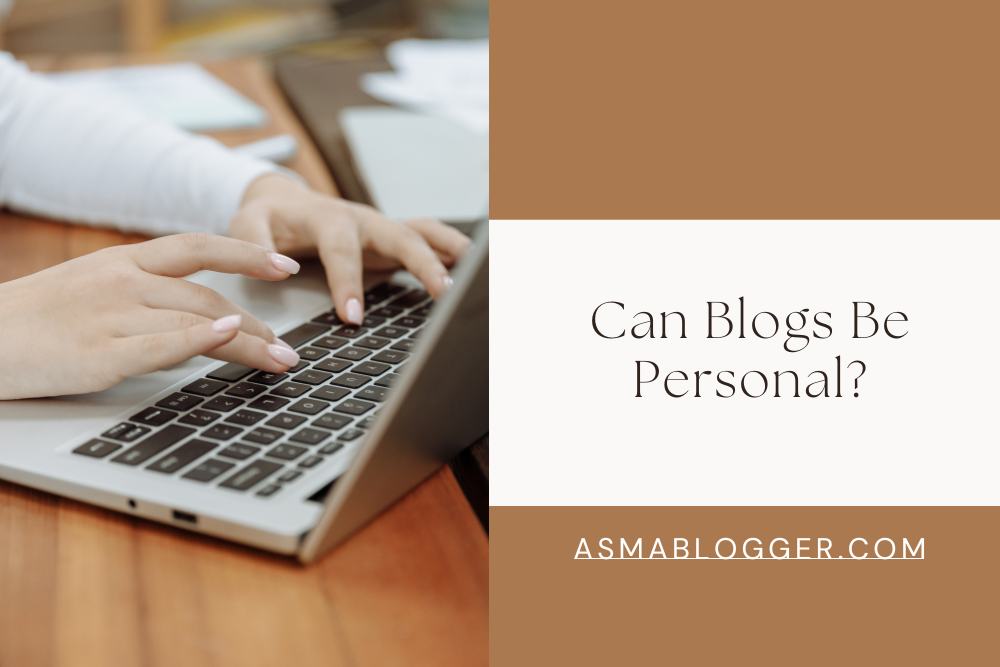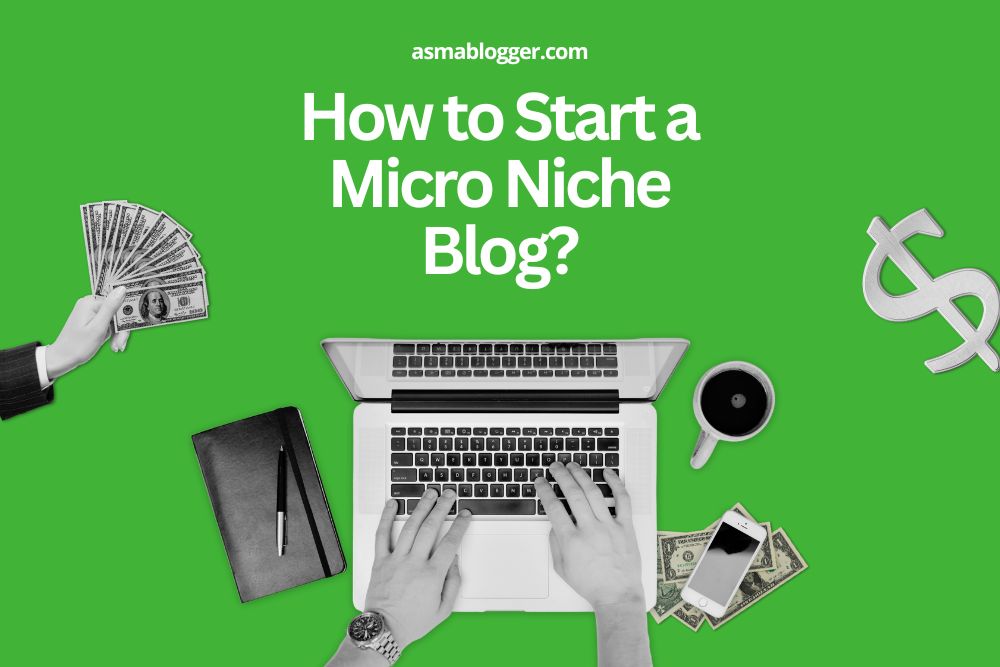Writing compelling copy is super important for marketing success, but businesses often struggle to distinguish between B2B and B2C copywriting. This confusion can lead to ineffective messaging, lost sales, and wasted resources. How can you ensure your copy resonates with the right audience? By understanding the distinct approaches required for B2B and B2C copywriting, you can customize your content to meet specific needs and drive better results. In this article, I’ll explore B2B vs. B2C copywriting and provide actionable strategies to enhance your copywriting efforts for both markets.
Table of Contents
ToggleWhat is B2B Copywriting?
B2B copywriting targets businesses that sell products or services to other businesses. The primary goal is to provide information and demonstrate how a product or service can solve a business problem or improve operations. B2B copywriting is often more formal, data-driven, and focused on logical appeal.

What is B2C Copywriting?
B2C copywriting targets individual consumers, aiming to persuade them to purchase a product or service for personal use. The approach is often more emotional, focusing on benefits and experiences rather than technical details.

B2B vs. B2C Copywriting: What are the differences?
1. Target Audience
B2B Copywriting: Decision-Makers and Logic
In B2B copywriting, you are targeting professionals who make purchasing decisions on behalf of their companies. These individuals are looking for solutions that can improve efficiency, reduce costs, or offer a competitive advantage. Their decisions are often driven by logic, data, and ROI (Return on Investment). As a result, B2B copy needs to be informative, credible, and emphasize value.
Example:
If you’re writing for a SaaS company offering project management software, focus on how it streamlines workflows, integrates with existing tools, and delivers measurable improvements in team productivity.
B2C Copywriting: Consumers and Emotion
On the other hand, B2C copywriting targets individual consumers who are often influenced by emotions, personal desires, and immediate benefits. The messaging should be engaging, relatable, and evoke a sense of urgency or desire.
Example:
Writing for a fashion brand, you might highlight how a particular outfit makes customers feel confident and stylish, appealing to their aspiration to look good and feel great.
2. Tone and Style
B2B Copywriting: Professional Tone and Detailed Information
B2B copy tends to have a professional tone, focusing on detailed information, product features, and benefits that align with the business’s needs. It’s important to use industry-specific language and avoid hype or overly promotional language.
Tip:
Use case studies, whitepapers, and data to back up claims. For instance, “Our cloud solutions reduce IT costs by 30%, according to a study of 500 businesses.”
B2C Copywriting: Conversational Tone and Simplicity
For B2C audiences, the tone is more conversational and approachable. Simplicity is key; you want your message to be easily understood and resonate personally.
Tip:
Use storytelling to create a connection. For example, “Imagine walking into your next event with a watch that doesn’t just tell time, but tells your story.”
3. Content Focus
B2B Copywriting: Focus on Solutions and ROI
B2B buyers are looking to solve specific pain points that affect their business operations. Your copy should focus on how your product or service provides a solution to these challenges and highlight the ROI.
Example:
“Struggling with project delays? Our software not only streamlines task management but also offers real-time insights to keep your team on track, saving you both time and money.”
B2C Copywriting: Focus on Benefits and Experiences
In B2C copywriting, the focus is on how the product or service enhances the consumer’s life. Highlight the benefits and the experiences they can enjoy by choosing your brand.
Example:
“Transform your mornings with our coffee maker that delivers barista-quality brews at the push of a button. Start your day with the perfect cup every time.”
4. The Sales Funnel Approach
B2B Copywriting: Generating Leads Over Time
The B2B sales process is often longer and more complex, requiring multiple touchpoints before a purchase is made. Your copy should guide prospects through the funnel with informative content that educates and builds trust over time.
Tip:
Utilize email sequences, webinars, and detailed guides to nurture leads. For instance, “Download our free eBook to learn the top 10 strategies for reducing operational costs.”
B2C Copywriting: Quick Conversions and Impulse Buys
B2C sales cycles are typically shorter, with consumers more likely to make impulse purchases. Your copy should include strong calls-to-action (CTAs) and create a sense of urgency.
Tip:
Use limited-time offers or discounts to encourage quick decisions. For example, “Get 20% off today only! Don’t miss out on your new favorite pair of shoes.”
5. Establishing Trust
B2B Copywriting: Building Credibility
B2B buyers are making significant investments, so trust is paramount. Your copy should build credibility by showcasing industry expertise, testimonials, and client logos.
Example:
“Join the ranks of Fortune 500 companies who trust our cybersecurity solutions to protect their data.”
B2C Copywriting: Building Brand Loyalty
In B2C, trust is built through consistent quality, customer service, and brand identity. Your copy should reinforce the brand’s values and connect with the consumer on a personal level.
Example:
“Thousands of satisfied customers have made our skincare line their go-to for glowing skin. See what everyone’s raving about!”
Need Professional Help? Hire a B2B and B2C Copywriter for Your Business
Are you looking to supercharge your marketing efforts with a compelling and effective copy? Whether your business targets other businesses (B2B) or individual consumers (B2C), hiring a skilled copywriter can make all the difference.
As an experienced copywriter proficient in both B2B and B2C copy, I can write content that speaks directly to your target audience, addresses their needs, and drives conversions. From creating authoritative and data-driven content for your B2B campaigns to developing engaging and emotionally resonant copy for your B2C initiatives, I have the expertise to deliver high-quality results customized to your specific goals.
You can explore my services or contact me directly for more information.
Investing in professional copywriting services ensures that your message is clear, persuasive, and optimized for success.
B2B vs. B2C Copywriting: Conclusion
Creating compelling copy requires a deep understanding of your audience, whether you’re targeting businesses or consumers. B2B copywriting focuses on presenting data-driven solutions and building lasting relationships through trust and credibility. B2C copywriting, on the other hand, is about forging emotional connections and driving quick, satisfying purchases.
By designing your approach to these distinct differences, you can effectively engage and convert your target audience, maximizing the impact of your marketing efforts.
B2B vs. B2C Copywriting: FAQ’s
1. Is B2B more profitable than B2C?
B2B (Business-to-Business) can often be more profitable than B2C (Business-to-Consumer) due to larger transaction values, longer-term contracts, and recurring revenue. B2B clients typically require solutions that impact their operations significantly, allowing for higher pricing. However, profitability can vary depending on the industry, product, or service, and the effectiveness of sales and marketing strategies.
2. Is B2B growing faster than B2C?
B2B is experiencing rapid growth, particularly in sectors like SaaS, technology, and e-commerce. Businesses’ adoption of digital transformation has accelerated this growth. However, B2C growth remains robust, driven by online shopping trends and global reach. The growth rate can vary depending on market conditions, consumer behavior, and technological advancements in each sector.
3. Which sales is easier, B2B or B2C?
B2B sales are generally more complex and involve longer sales cycles, multiple decision-makers, and detailed negotiations. B2C sales, on the other hand, are often quicker and driven by consumer emotion and impulse. The ease of sales in B2B or B2C depends on the product, target audience, and sales approach, with B2C often considered easier due to shorter decision times.
4. Can I have both B2B and B2C?
Yes, businesses can operate both B2B and B2C models simultaneously. This approach allows companies to diversify their revenue streams and cater to different customer segments. However, managing both requires distinct marketing strategies, sales tactics, and customer service approaches to meet the unique needs of each audience. Successful integration demands careful planning and resource allocation.

